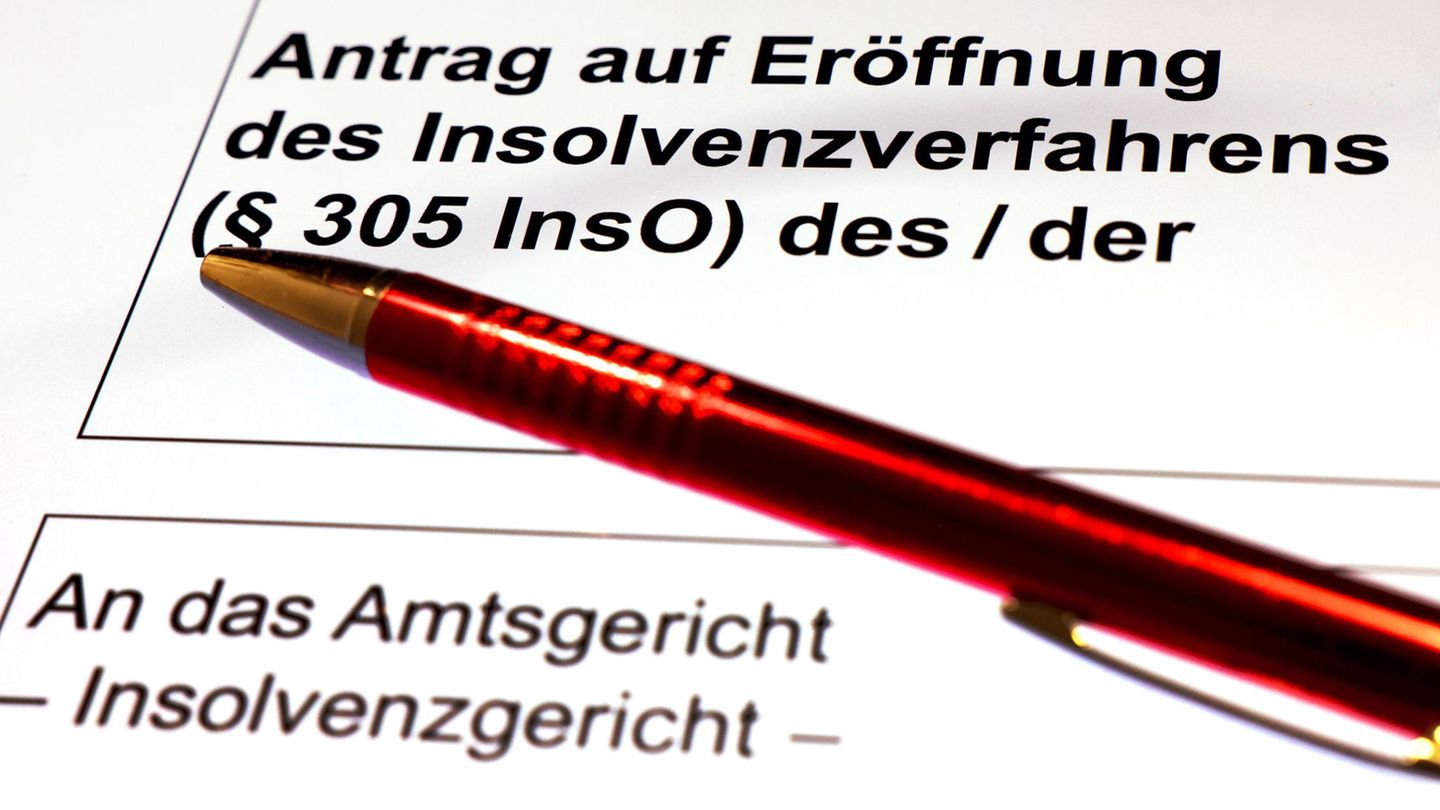Onshore wind turbines play a key role in the federal government’s strategy to achieve climate goals. Measures to increase speed are having an effect. But from an industry perspective, that’s not enough.
The expansion of onshore wind power has made significant progress in the past year – but there is still a gap to the political goals. In 2023, 745 new wind turbines were built on land nationwide with a total output of around 3.57 gigawatts – almost 50 percent more than in the previous year. “The direction is right,” said Dennis Rendschmidt, managing director of the VDMA Power Systems Association, on Tuesday. However, the current expansion continues to lag behind the political goals. Existing hurdles would have to be removed.
Clear upward trend
Because old wind turbines were also dismantled, the so-called net increase last year was around 3 gigawatts. In the previous record year of 2017, the output of new wind turbines was 5.3 gigawatts. According to industry information, there were a total of 28,677 wind turbines in Germany at the end of the year with a combined output of around 61 gigawatts. 1,382 new wind turbines have been approved but have not yet been built – an increase of 73 percent compared to the previous year.
For 2024, the associations predict an increase of more than 4 gigawatts. However, this is likely to miss the goal of the Renewable Energy Sources Act, which plans to increase the installed capacity of onshore wind turbines to 69 gigawatts this year. “We have a clear gap to the political goal,” said Bärbel Heidebroek, President of the Federal Wind Energy Association.
Onshore wind turbines play a key role in the federal government’s strategy to achieve climate protection goals and so that Germany becomes more independent of fossil energies such as coal and gas. The federal government’s goal is: 80 percent of electricity should come from renewable energy sources by 2030. Currently it is just over half. With a share of 26.5 percent of electricity generation, onshore wind energy was the most important energy source in Germany in 2023, according to industry information.
If the 2030 target is missed, this could mean, for example, that climate-damaging coal-fired power plants have to run longer. The industry representatives made it clear that the goal could still be achieved – but only with more effort.
Continued north-south divide in expansion
The expansion is concentrated in a few countries. The frontrunner in 2023 was Schleswig-Holstein with an installed capacity of 1.2 gigawatts, a share of 34 percent of the total expansion. Lower Saxony, North Rhine-Westphalia and Brandenburg followed. According to the industry, the added output was particularly low in Bavaria, Baden-Württemberg, Thuringia and Saxony. The South must “wake up” and finally act, said Heidebroek. In Bavaria in particular, there is a lack of political will.
Associations are calling for more speed
The associations criticized that too little space was still being made available and the approval process was still taking too long. Federal laws requiring more speed would have to be implemented in the states and municipalities. Heidebroek: “We don’t see any significant acceleration in the individual approval processes yet.”
Rendschmidt pointed out that there are still problems with the approval of heavy-duty transport of wind turbine components. This delays projects and makes project implementation more difficult. Heidebroek said that in the Netherlands a transport permit takes 15 days – in Germany it takes 3 to 4 months.
“We have to build and put new plants into operation more quickly in order to achieve our climate goals,” said Viviane Raddatz, head of climate at WWF Germany. “We can only achieve the transformation with sufficient clean energy from wind and sun. All sectors – from buildings to transport to industry – depend on it. Without more wind power, climate protection in Germany will soon run out of steam.”
Source: Stern




